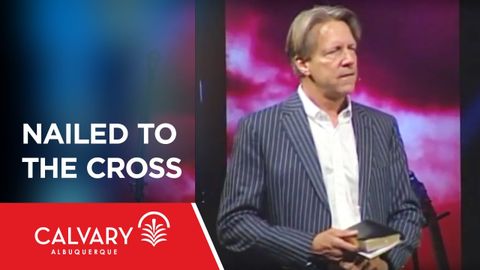
Subtitles & vocabulary
Nailed to the Cross - Colossians 2:11-14
00
xtd posted on 2014/08/09Save
Video vocabulary
ritual
US /ˈrɪtʃuəl/
・
UK /'rɪtʃʊəl/
- Adjective
- Performed as part of a ceremony
- Being done in a regular, expected or similar way
- Noun (Countable/Uncountable)
- Social or religious ceremony always done the same
- A series of actions regularly and invariably followed by someone.
B1
More blame
US /blem/
・
UK /bleɪm/
- Transitive Verb
- To say someone is responsible for something bad
- Noun (Countable/Uncountable)
- Act of saying someone did something bad
A2TOEIC
More debt
US /dɛt/
・
UK /det/
- Noun (Countable/Uncountable)
- Sum of money owed to someone that is not yet paid
- A moral or social obligation.
A2TOEIC
More die
US /daɪ/
・
UK /daɪ/
- Countable Noun
- Cube with dots numbering 1-6 on it used in games
- A tool for cutting an external thread
- Intransitive Verb
- To cease to function or work
- (Of a thing) to stop being used or done
A1
More Use Energy
Unlock All Vocabulary
Unlock pronunciation, explanations, and filters
